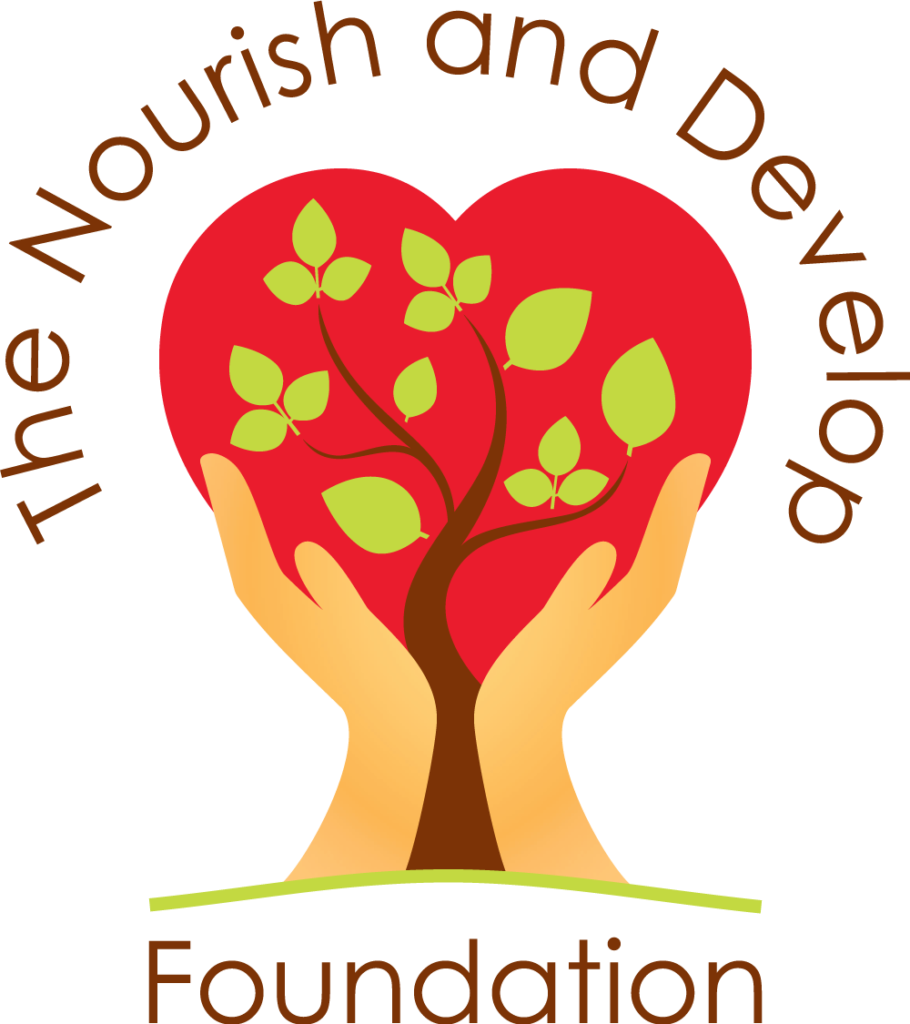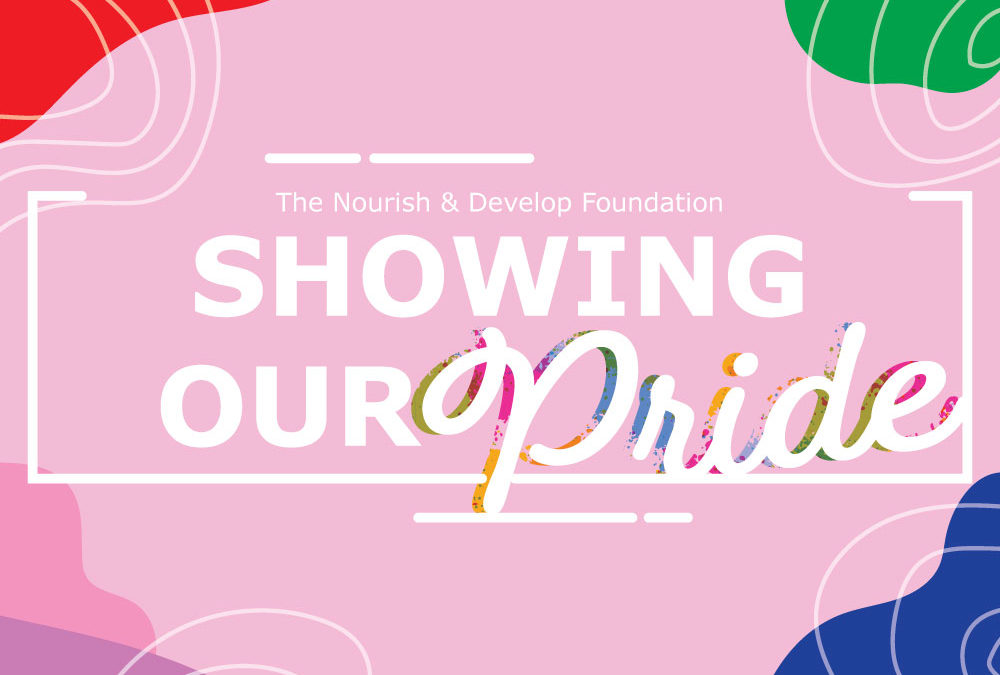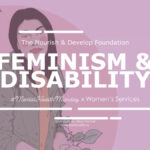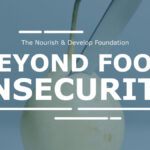HAPPY PRIDE MONTH!
June is designated as a time for queer communities to come together, celebrating the freedom to be themselves. It is also a time to reflect on those who continue to be discriminated against and prosecuted for how they identify and who they love. It aims to recognize how we can be more inclusive and to see the strengths in diversity. Read on to learn about some of Pride’s history, additionally vulnerable 2SLGBTQIA groups, what is means to be an ally, and where you can participate in the festivities!
Questioning
Learn the acronym!
It is always evolving to ensure no one is missed.
Did you know: Same-sex marriage was not legalized in Canada until 2005?
“When you hear of Gay Pride, remember, it was not born out of a need to celebrate being gay.
It evolved out of our need as human beings to break free of oppression and to exist without being criminalized, pathologized or persecuted. Depending on a number of factors, particularly religion, freeing ourselves from gay shame and coming to self-love and acceptance, can not only be an agonizing journey, it can take years. Tragically some don’t make it. Instead of wondering why there isn’t a straight pride be grateful you have never needed one.
Celebrate with us”
Illustration by Josh McKenna
Website | Instagram
Mental health
2SLGBTQIA communities experience a significant amount of stigma and oppression from others, being targeted for assault, harassment, and other hate crimes.
- Bisexual and trans people are over-represented among low-income Canadians
- Queer individuals face higher rates of depression, anxiety, obsessive-compulsive and phobic disorders, suicidality, self-harm, and substance abuse
- 2SLGBTQIA youth have 14x the risk of suicide compared to their heterosexual peers
This is just a quick snapshot of the challenges that exist within the queer community. Pride was born out of such challenges, being particularly shaped by notable events including Toronto Bathhouse Raids
See a comprehensive timeline of Canada’s 2SLGBTQIA history here.
Did you know: According to the American Psychiatric Association’s Diagnostics and Statistical Manual of Mental Disorders, homosexuality was considered a disorder until 1973?
Progress Pride Flag
As we touched on last week, it is important to be conscious of intersectionality, how a person or social group can be affected by a number of disadvantages (race, sexual orientation, (dis)ability, etc.). As of 2018, the Pride Flag now includes a black and brown stripe as well as a pink, light blue, and white stripe to represent groups marginalized within the mainstream queer community and to recognize how integral they are to the gay rights movement.
Black & Brown- people of colour
Pink, Blue, & White- trans
Did you know: Toronto has the largest Pride celebration in all of North America?
Allyship
There can be some misunderstanding about what it means to be an ally. Having friends who identify as queer, participating in Pride events, or being okay with someone’s sexual orientation does not make someone an ally. Just because you are not actively oppressing the 2SLGBTQIA community, does not equate to helping them either. So, what does?
1. Recognize the inequality in our structures.
It is not enough to say ‘I don’t see colour’ or ‘I don’t see queerness’. See people for who they are and accept them for who they are. Understand that their identity makes a difference in whether they get the job, the apartment, and the same treatment as the rest of society. People who belong to the 2SLGBTQIA community are getting left out by institutions whether that looks like checking male or female on an application form or learning about binary reproductive organs and nuclear families in health class.
2. Use your position to advocate.
Perhaps you can share your ideas freely at work without the risk of being fired. Maybe youth view you as a role model. Whichever the case, there is likely someone in your life who respects you and is receptive to your advice. If your friend is using the word ‘gay’ in a derogatory context, point out that it is hurtful and there are more appropriate words to use. Ask your workplace if you can arrange for a sensitivity training workshop to learn about how your organization can be more accessible to members of the 2SLGBTQIA community. There are small ways you can start changing the overall culture to be inclusive.
3. Amplify queer voices.
It is great to be passionate and caring about our marginalized communities, but sometimes a white, heterosexual, cisgendered opinion can overpower the voice of the group you are trying to support. People with lived experience can speak to barriers and prejudices they face and can communicate their needs. What they don’t need is people doing it for them based on what they think is best. Instead, reach out to existing 2SLGBTQIA organizations to ask if they have information and resources you can share on their behalf, as they have already done the work.
Remember, allyship is a lifelong process of building relationships, actively learning and unlearning, and being consistent and accountable.
Celebrate
Contact your local community groups for more resources, programming, and events!
Illustration by Josh McKenna
Website | Instagram
Sources:
Illustration by Josh McKenna
Website | Instagram
Resources:



